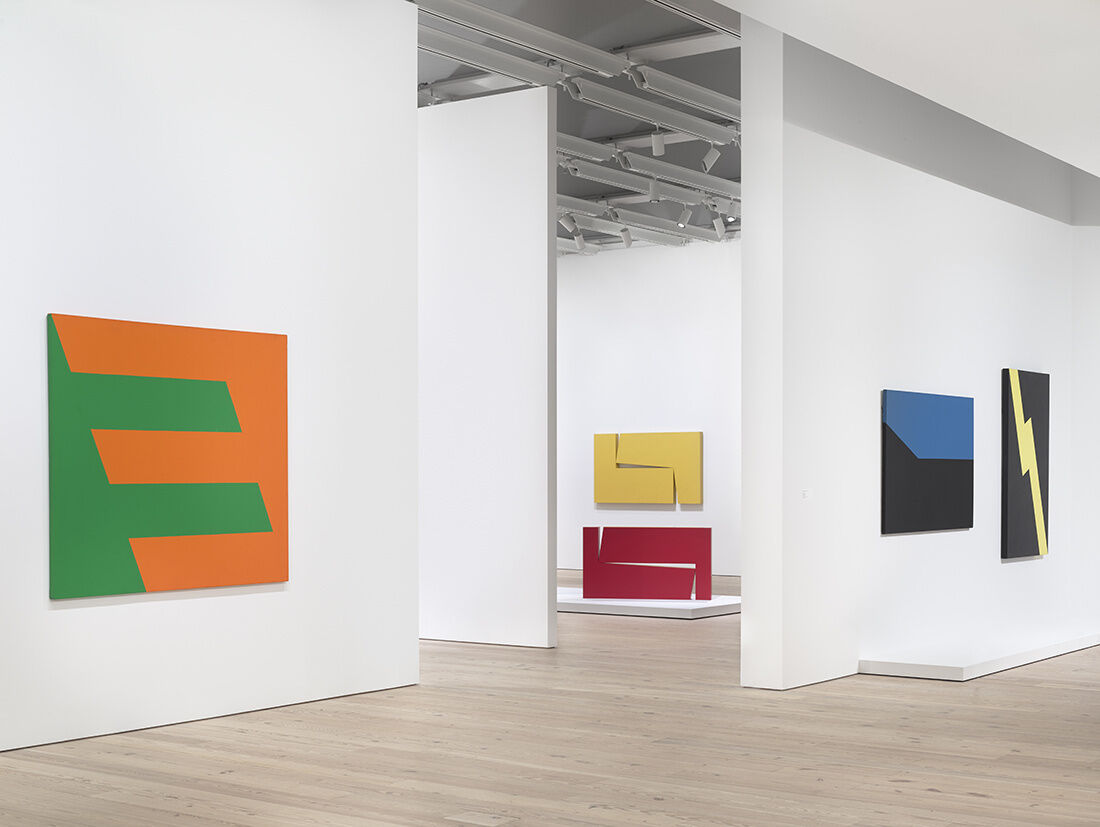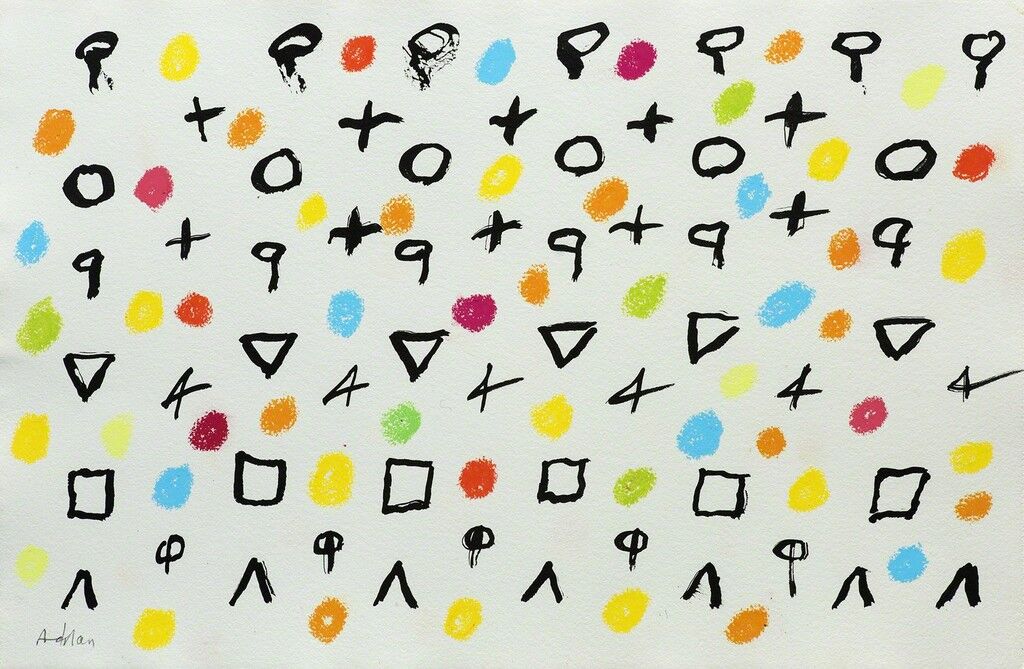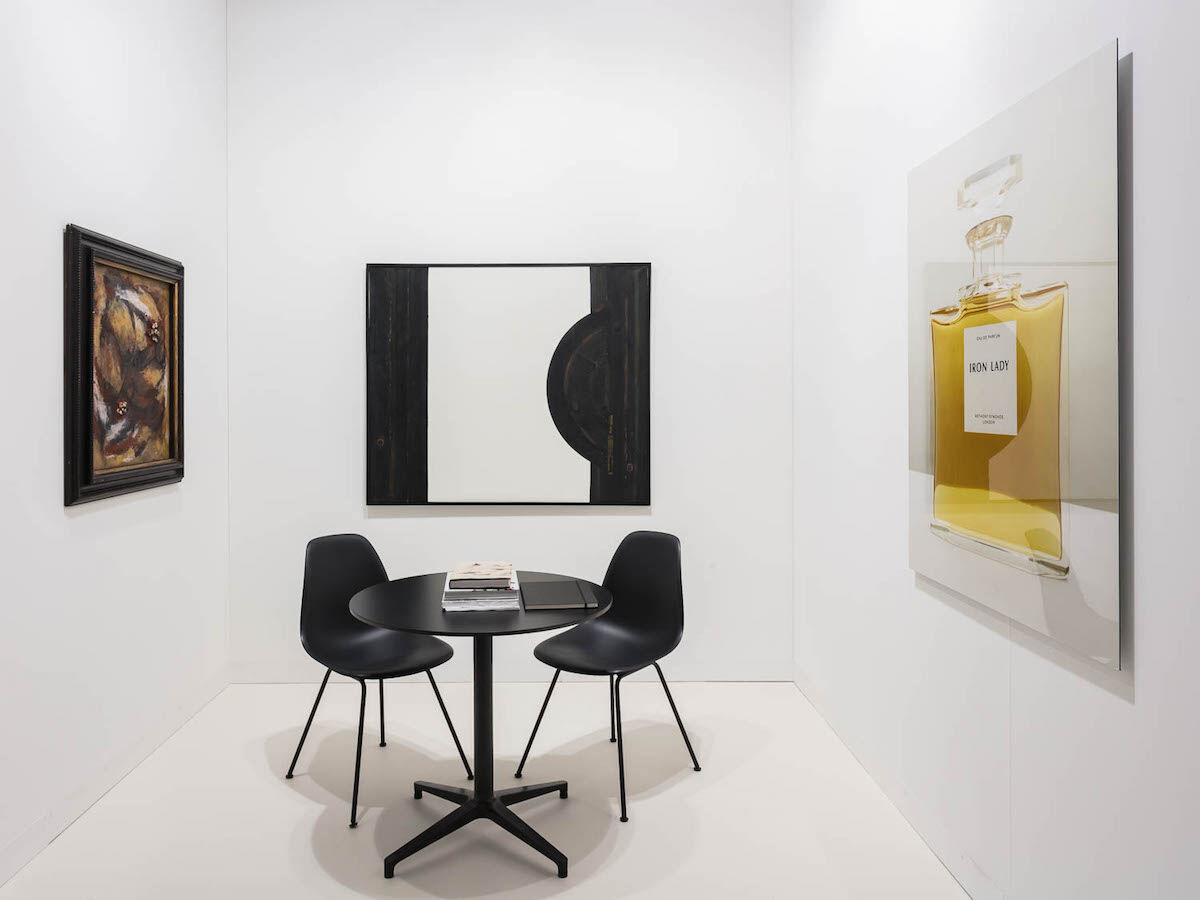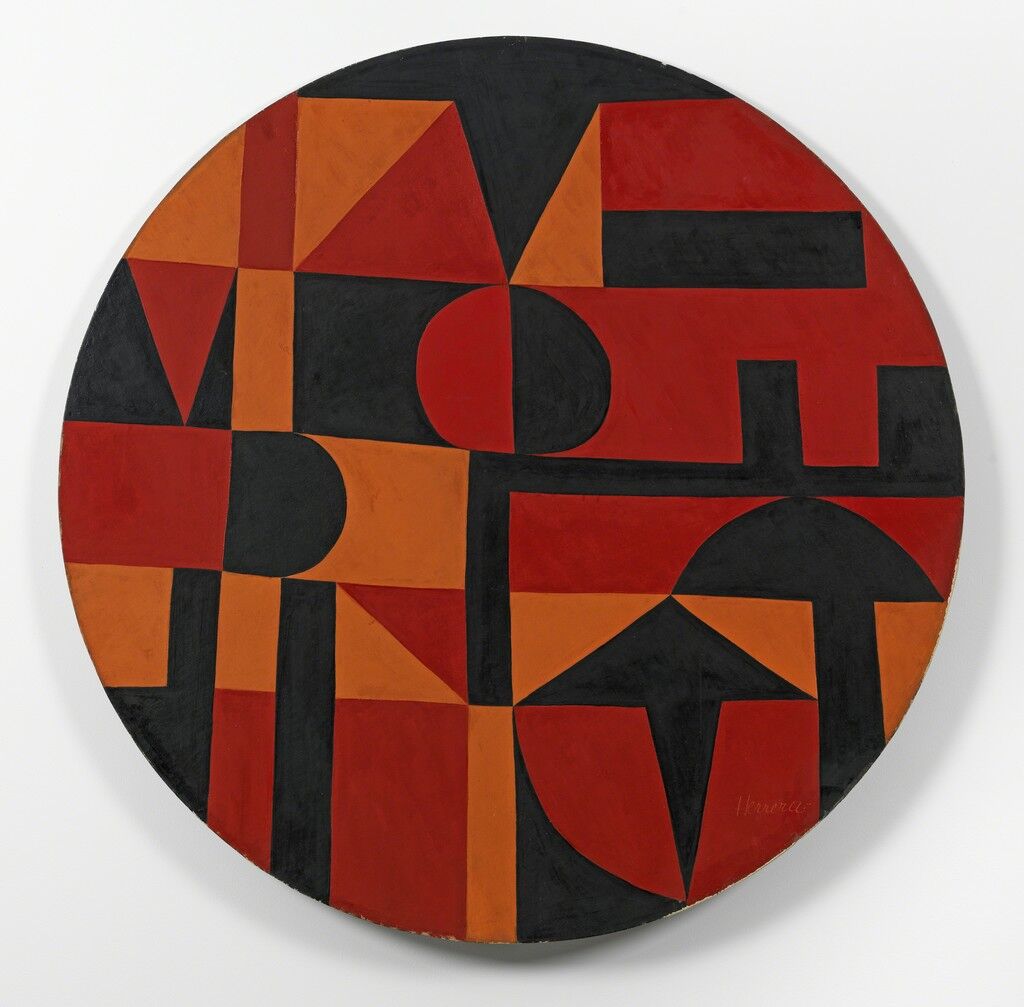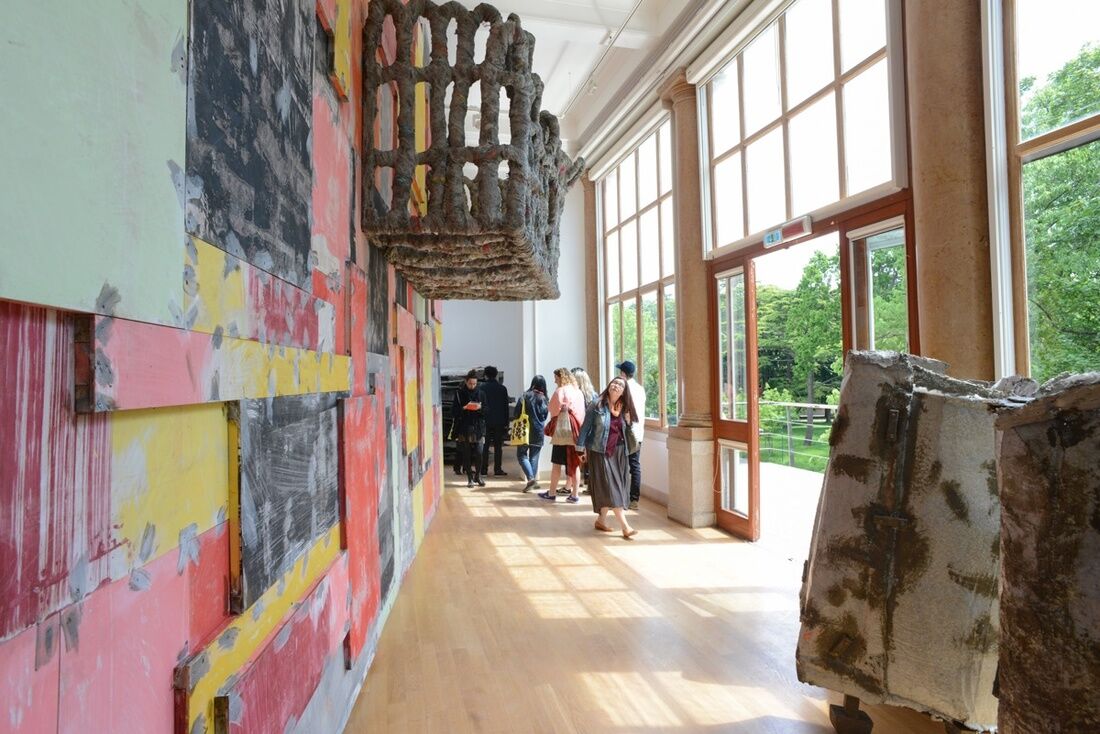Barbara Haskell, a curator at the
Whitney Museum in New York, says museums everywhere are realizing that “there’s been a lopsided focus on the white male experience” in art history, and are working to correct that.
“There’s a widespread effort all across the country on the part of museums to look for artists that have been left out of the story,” she says, noting that extends to artists of color, queer artists,
Latinx artists, and others. At the Whitney, that process of “soul-searching” began when the museum moved to its new downtown location, and she and other museum staff researched and inventoried its collection in-depth.
The museum’s investigation into its collection and its shortcomings highlighted its lack of any work by Herrera, ultimately leading to the acquisition of one of her paintings for the opening display of her 2016 retrospective, “Carmen Herrera: Lines of Sight.”
“She obviously created this strong, rich body of work, and we didn’t have an example in the collection,” Haskell says.
Gnyp observes that showing work by women artists, or other marginalized artists, is also one way curators distinguish themselves today, and “get points” for being inclusive.
“It’s easier to get attention if you show an older, forgotten woman or an African-American artist,” she says.
Valeria Napoleone, a London collector who vocally supports women artists, hopes this institutional attention leads to the writing and criticism—the documentation, in other words—that will firmly establish these artists as part of the art-historical canon.
“It’s really the critique around the work, the analytical thinking and writing around the practice of female artists and documentation that will go into art history,” Napoleone says. That way, “Nobody can say, oh we couldn’t see it because nothing was written about it.…There will be no excuse.”
She also hopes it’s not just a trend. Although social progress moves in fits and starts (and often retreats), the movement towards inclusivity does coincide with a broader enthusiasm for women’s voices and stories, visible in other cultural fields including television, film, literature, and music. Women in their seventies and older, such as author Joan Didion, fashion icon Iris Apfel, and Congresswoman Maxine Waters, have become hip icons for young women.


